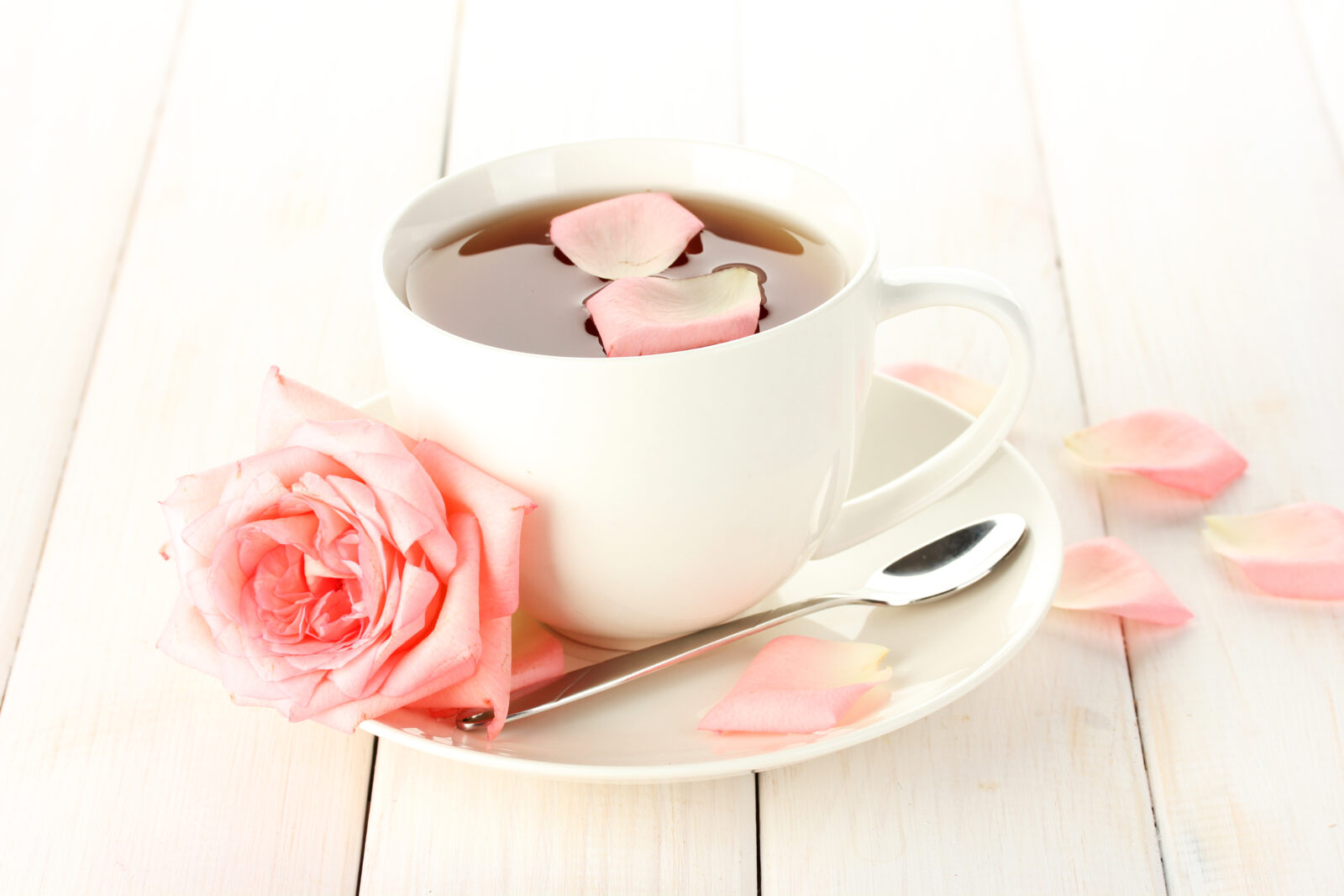Make Your Tea Rosy for National Rose Month!
June is National Rose Month. And for many of us in fields like tea, perfume, naturopathic medicine and floral arranging, this is a big deal. Roses not only are gorgeous botanical specimens, broadcasting enchanting aromas and pleasing our eyes; they also add complex flavors to food and drink, and are extremely healthy.
Interestingly for Ku Cha, roses have distinct Colorado and Chinese roots. The earliest evidence for roses is found in the Late Eocene Florissant Formation, in Colorado, from about 34 million years ago. Meanwhile, the garden roses we plant in gardens today from Colorado to Croatia all come from 18th century China. But the Chinese have been cultivating different kinds of roses since about 2700 BC.
Roses, from the family Rosaceae, contain more than 300 species and tens of thousands of cultivars. They can be shrubs, and they can climb and trail. Some rose plants never grow beyond miniature; others can climb more than 20 feet. Sharp thorns speckle the stems of most rose species.
Roses in food and drink
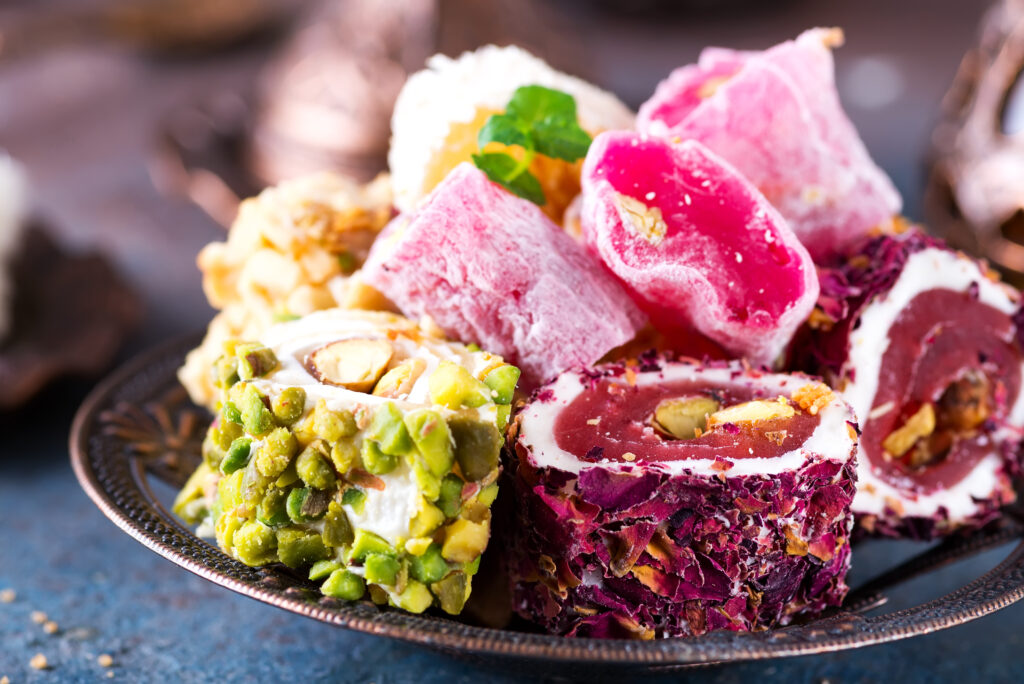
On the food and drink front, rose hips, which contain a wealth of vitamin C, get transformed into all sorts of products: jams, jellies, marmalades, soups and of course, tea. People also press them to make rose hip syrups and rose hip oils used in skin care.
People across the Middle East and South Asia incorporate aromatic and strong-flavored rose water in many dishes, from Turkish delight to halva and nougat. In India, artisans turn rose petals into a sweet spread called gulkand. Many Indian dishes, in fact, turn to roses for flavor, including desserts like ice cream and kulfi.
What often gets topped on some English confectionery? Rose-flavored fondant draped in chocolate and punctuated with a crystallized rose petal.
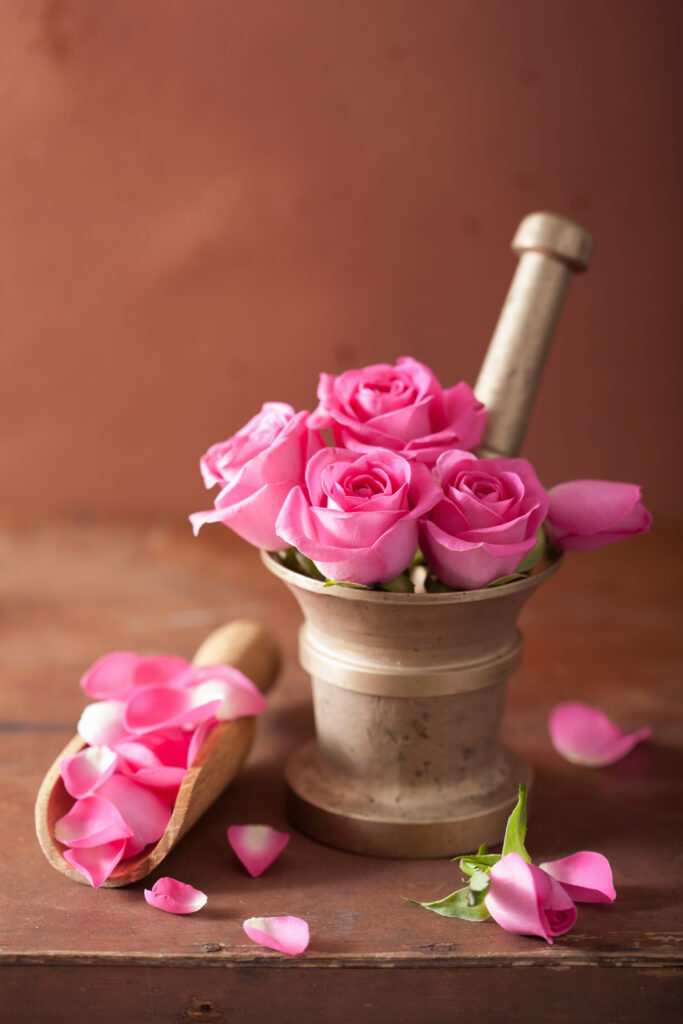
Roses for health
In Traditional Chinese Medicine (TCM), brewing rose petals into tea stands as an important practice. People consume it for digestive issues, for improving sleep, for stabilizing mood swings and for other conditions.
Rose petals come packed with Vitamin C, iron, calcium, vitamin A and vitamin E, and offer a bounty of phytonutrients, which contain antioxidant properties. Among other things, research has demonstrated that phytochemicals can protect against cancer.
Petals also contain the polyphenols, which are antioxidants. As such, they protect against cell damage and inflammation.
Roses in culture
Roses figure largely into culture around the world. The ancient Greek goddess Aphrodite is associated with roses, for example—in the Iliad, she uses rose oil to protect the body of Hector. Early Christians identified roses with the Virgin Mary—the rosary, for example, is born out of the rose symbol.
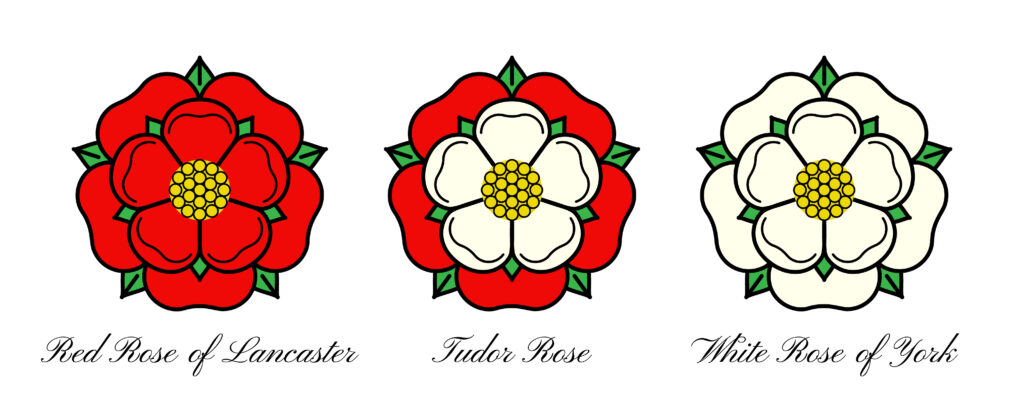
The list of cultural references is long—far too extensive to chronicle here. But one last bit: The rose became the official floral emblem of the United States in 1986, after President Ronald Reagan signed legislation establishing it as such.
We don’t know when people first started adding rose petals or hips to hot water and brewing them. But we do know the practice is ancient. At Ku Cha House of Tea, we offer a wide variety of teas that incorporate petals and hips. We have traditional Camellia sinensis teas that involve roses, like our Organic Chrysanthemum Green Tea and Raspberry Black Tea. Our herbal teas offer a wealth of options, from Balance Tea to Cloud Chaser. Even our list of rooibos teas offers some rose options, including Organic Rooibos Provence.
Ready to start sipping rose tea? Read on for a trio of teas that we think offer a welcome introduction of the places where roses and tea intersect.
Roses in Tea: China Rose Black Tea
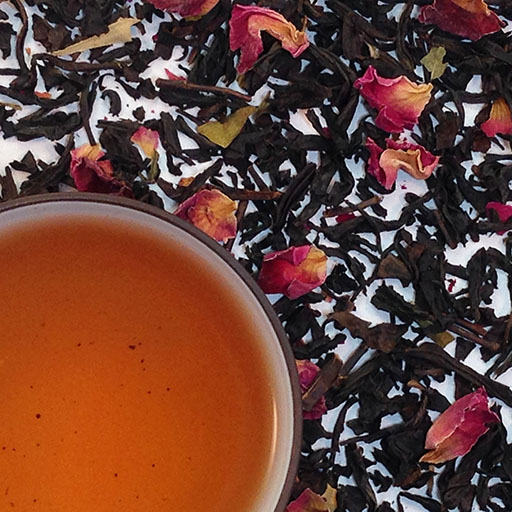
Looking to keep things simple? This is a good option. Our China Rose Black Tea simply blends wonderful black tea with rose petals. That’s it.
When brewed, this highly aromatic tea offers a smooth taste, a rich floral perfume and a clean, crisp finish. We love it on its own, but also find that adding milk to this exceptional tea yields a creamy and compelling elixir.
One of the health benefits of tea revolves around how the scent can trigger serenity and dampen anxiety. This quality is one thing we adore about China Rose—while we are sipping we also are inhaling gorgeous aromas. The black tea wakes us up in the morning, but the simple addition of rose petals also calms us down. It’s beautiful.
Roses in Tea: Organic Rose White Tea
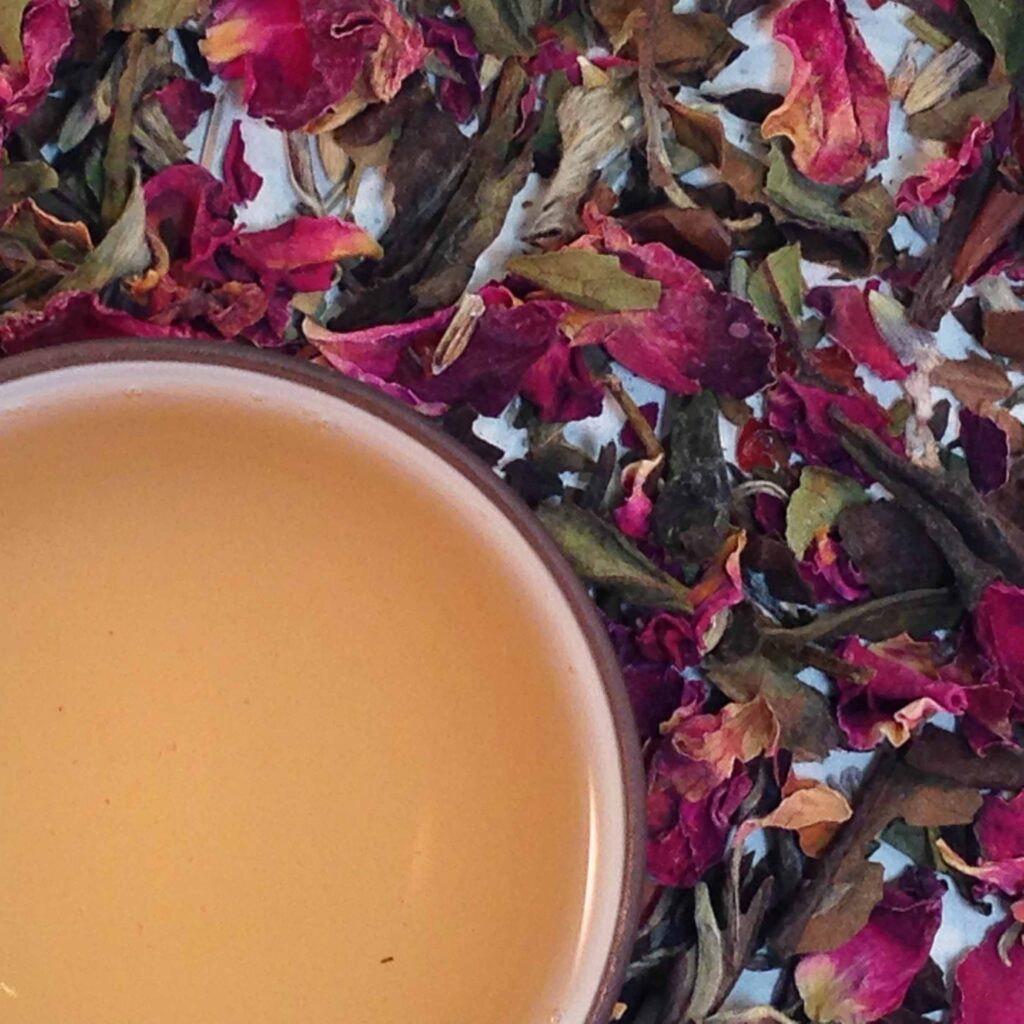
While our China Rose black tea, featured above, rests on a foundation of robust black tea, this tea offers more delicate notes. First of all, the base is our Peony White tea, which has long been a favorite for its marvelous floral nuances. More flowers? Sure, this tea also incorporates lavender, another beautiful flower with probably as many health, culinary and cultural references as roses. And then it adds both rose petals and rosehip to the tea party. This is one rosy tea! And we love it. We might start our day with China Rose, but by noon we’ll pivot to Organic Rose White Tea to carry us through the day with bewitching aromas and flavors.
Roses in Tea: Organic Desert Rose Herbal Tea
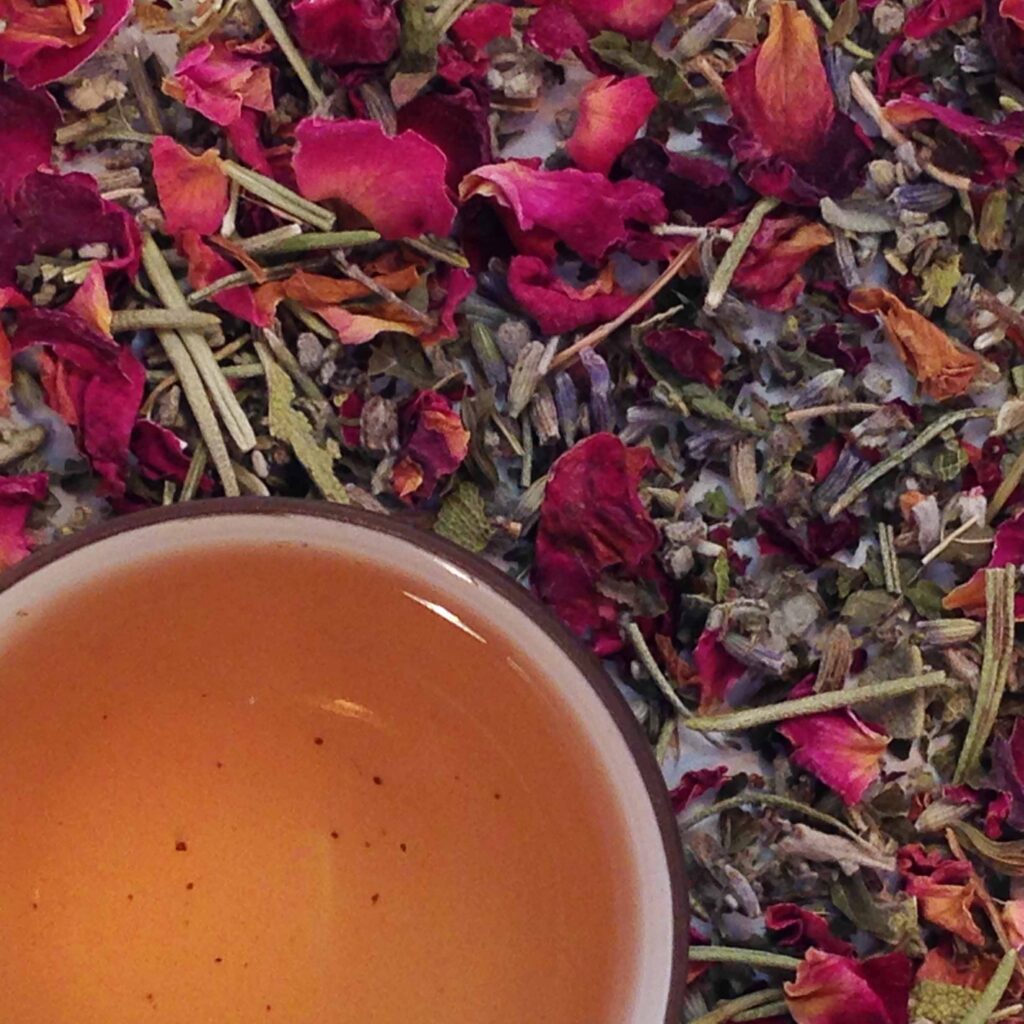
Interested in a rose-flooded tea without the caffeine? We offer many at Ku Cha, including this gem, Organic Desert Rose Herbal Tea. We savor the time we spend coming up with new blends; it involves quite a bit of experimentation and taste-testing. Many stabs at tea excellence flop, and never make it to our shelves. Others are fine, but still not good enough for Ku Cha. And then there’s the ringers, the combinations of botanicals that, upon that first post-brewing sip, shout their shelf worthiness.
Desert Rose is one of those teas! We wanted to craft a tea that could conjure the Southwest, but offer at least a whisper of the Mediterranean; the two regions do share a number of similarities. So for this tea, we understood that sage would be central, as it dominates so many Southwest landscapes and ecosystems. We wanted lavender, which also can thrive here (although it’s not native) and is a commands a huge presence in southern France, and lemon balm for a citrus hit without the actual fruit. The rosemary in this tea also conjures the Mediterranean, but again—in many parts of the Southwest, rosemary is everywhere. And then, of course, rose! The flowers aren’t native to either the Southwest or the Mediterranean, but definitely flourish in both regions.
Desert Rose is a Ku Cha favorite, for sensible reasons: It rocks!

